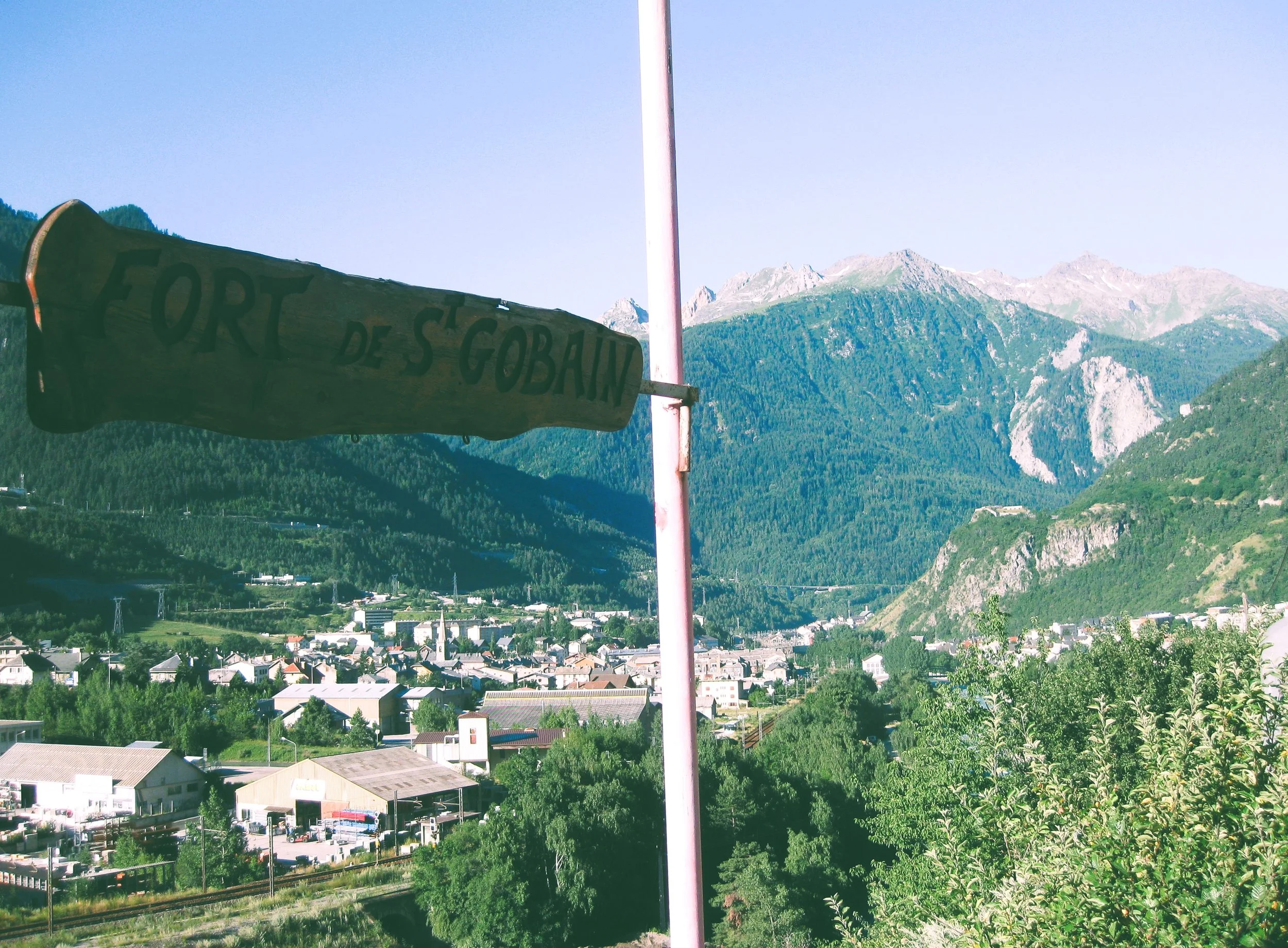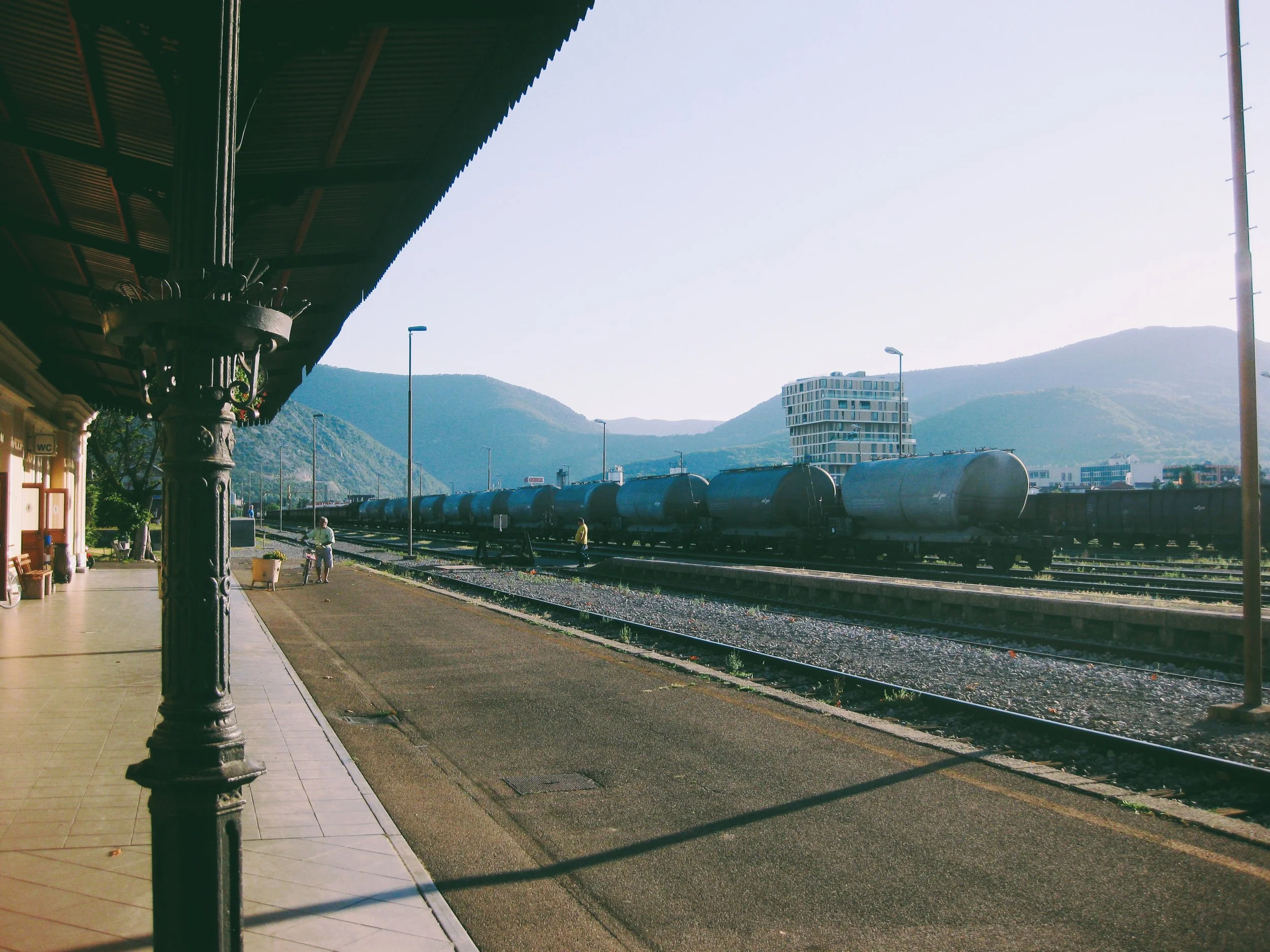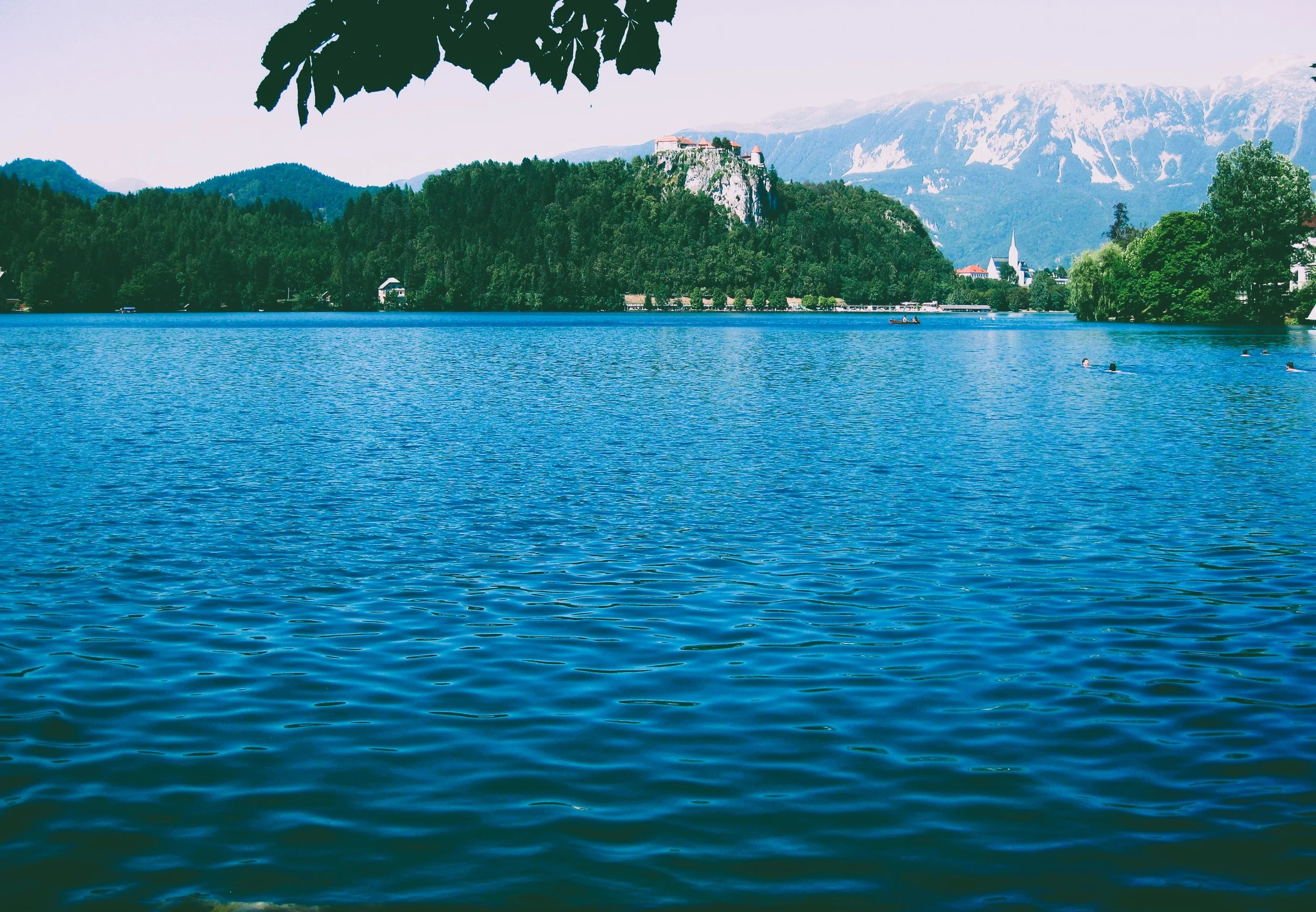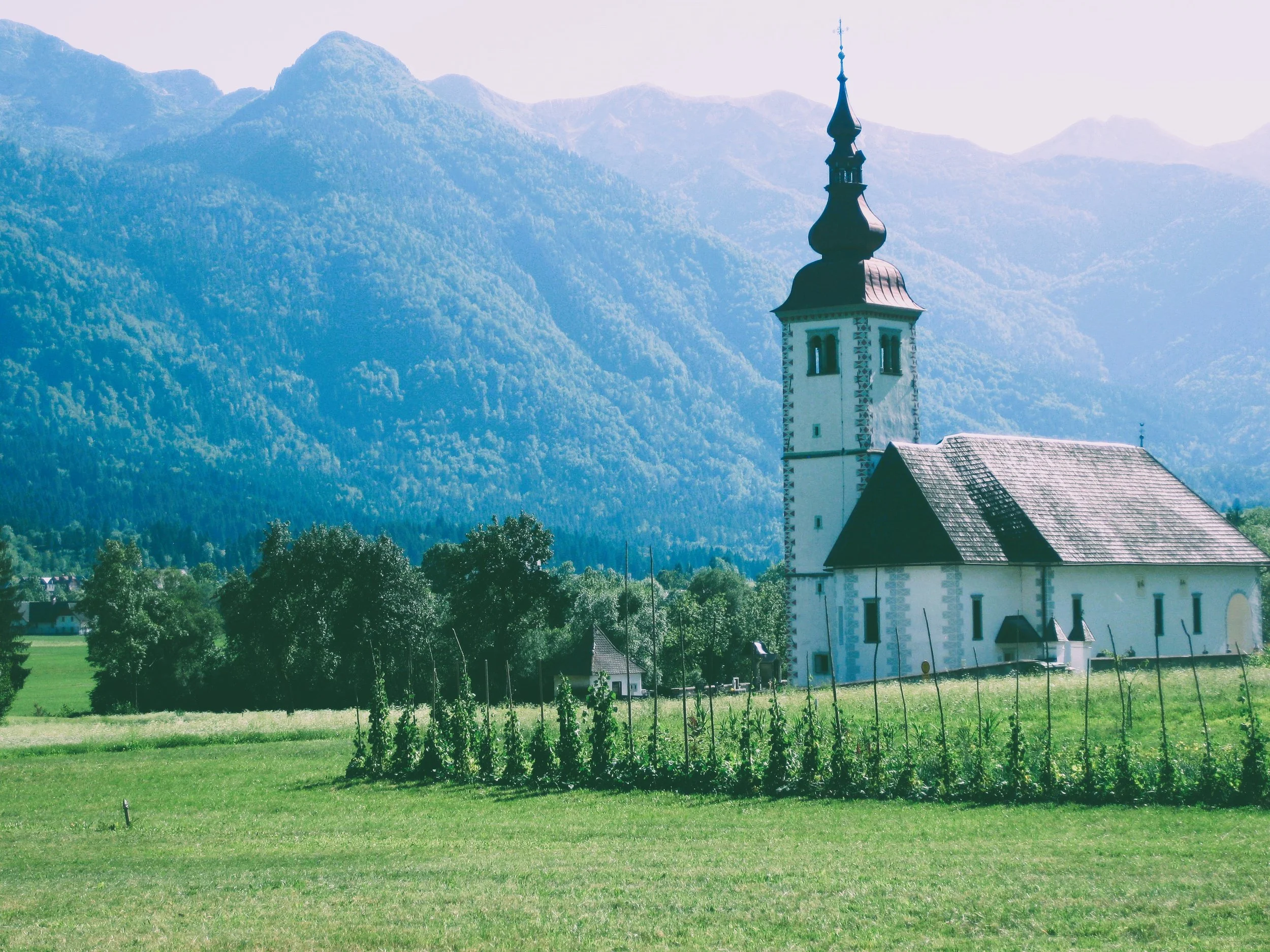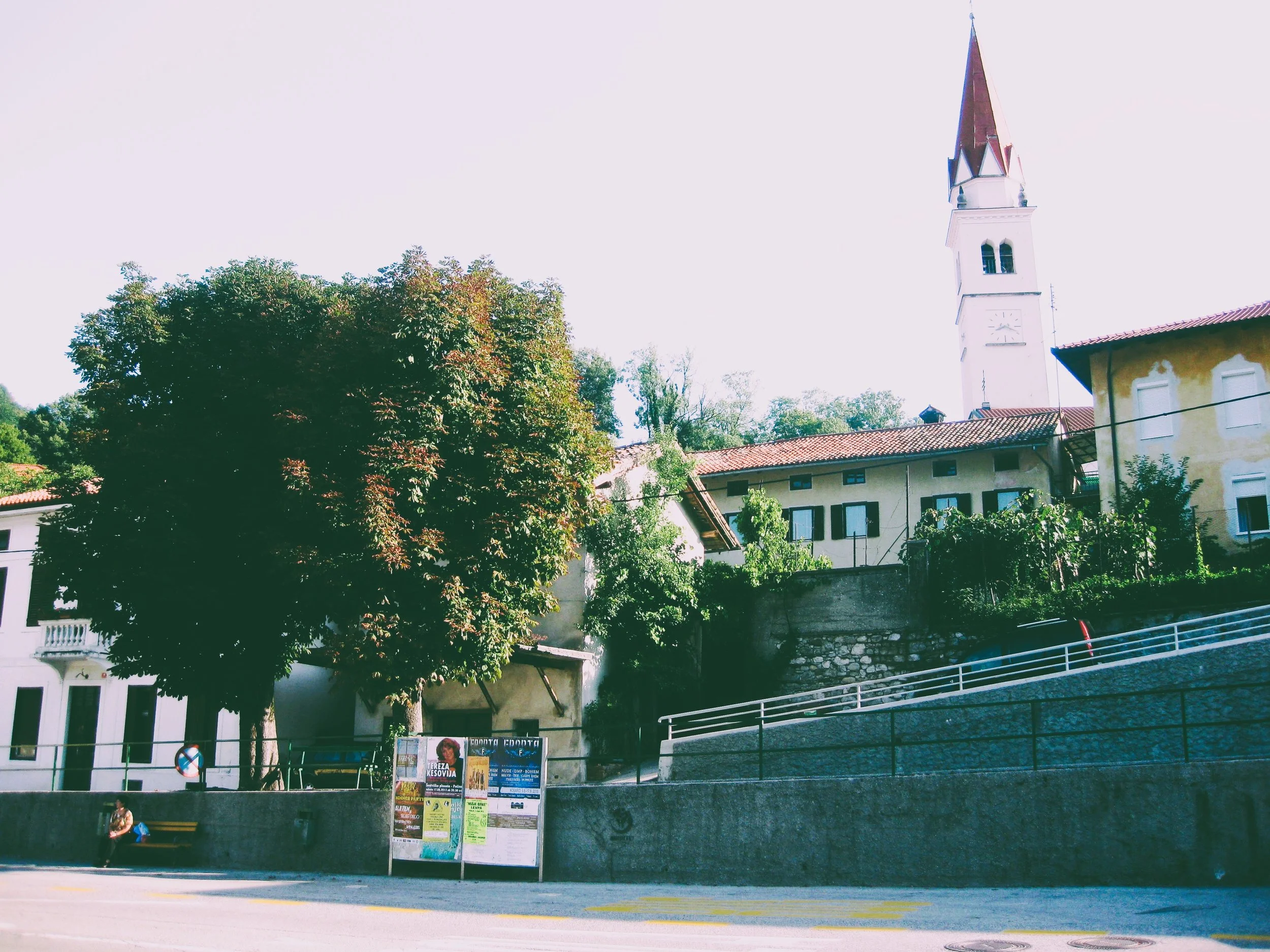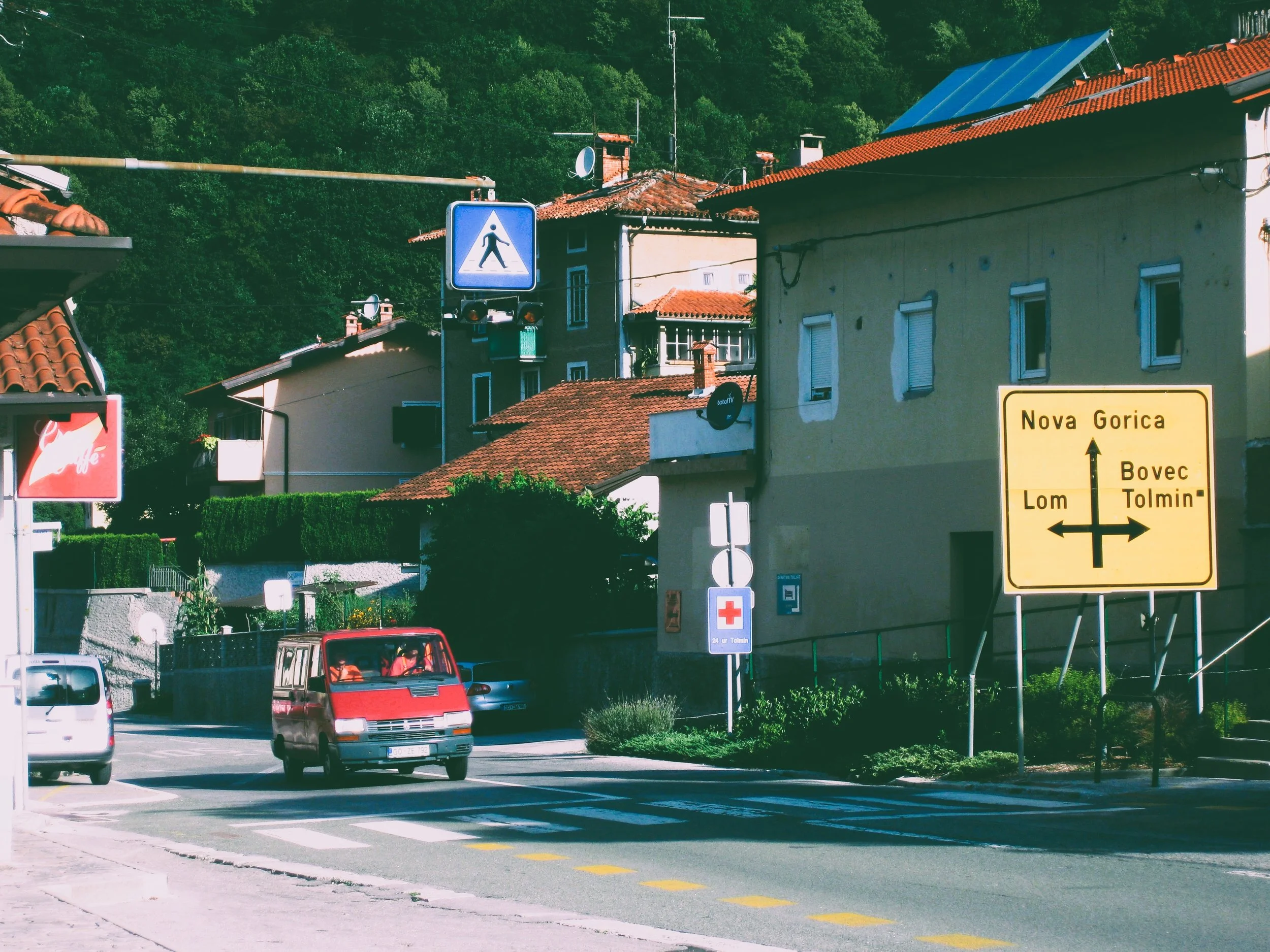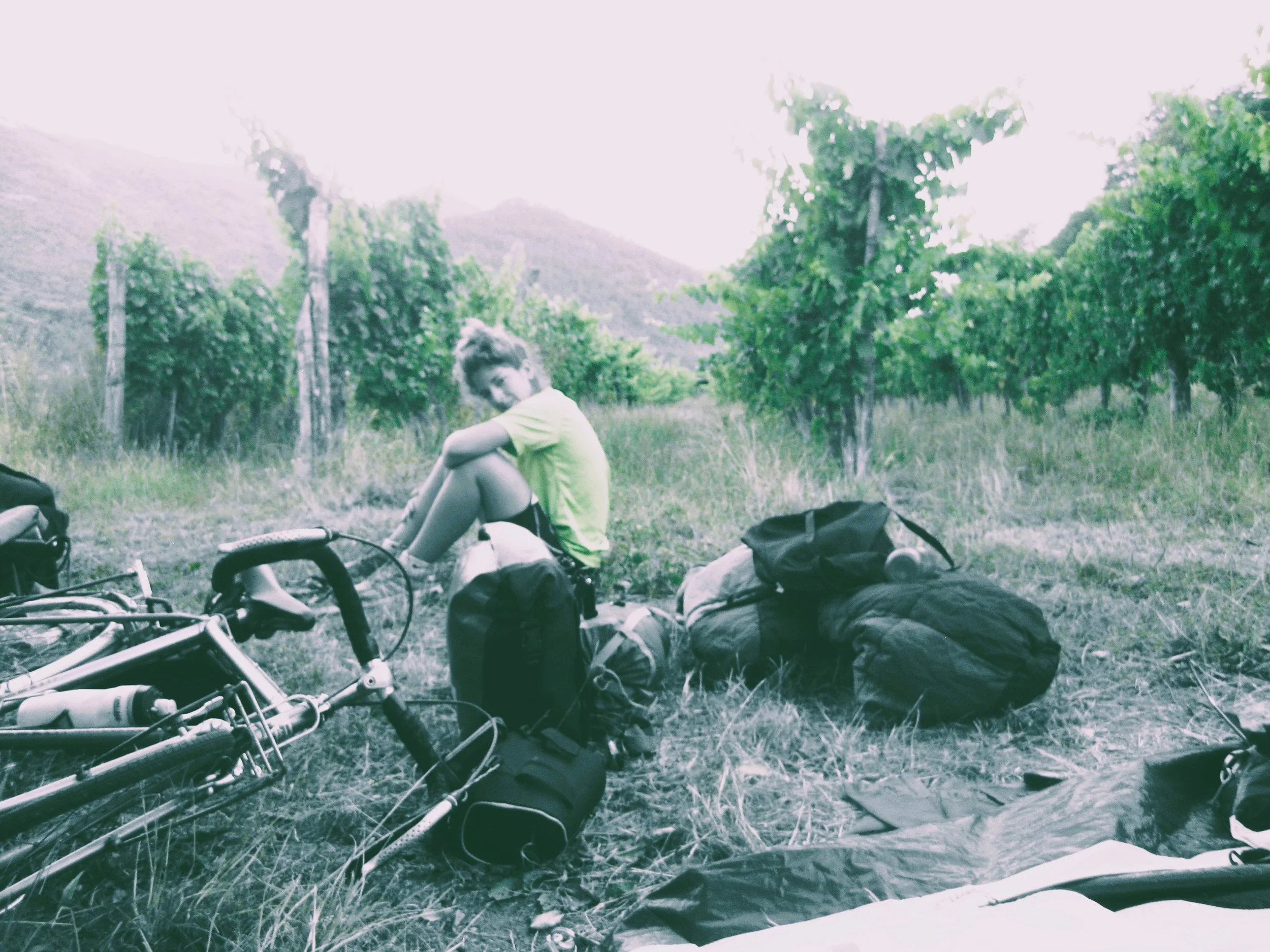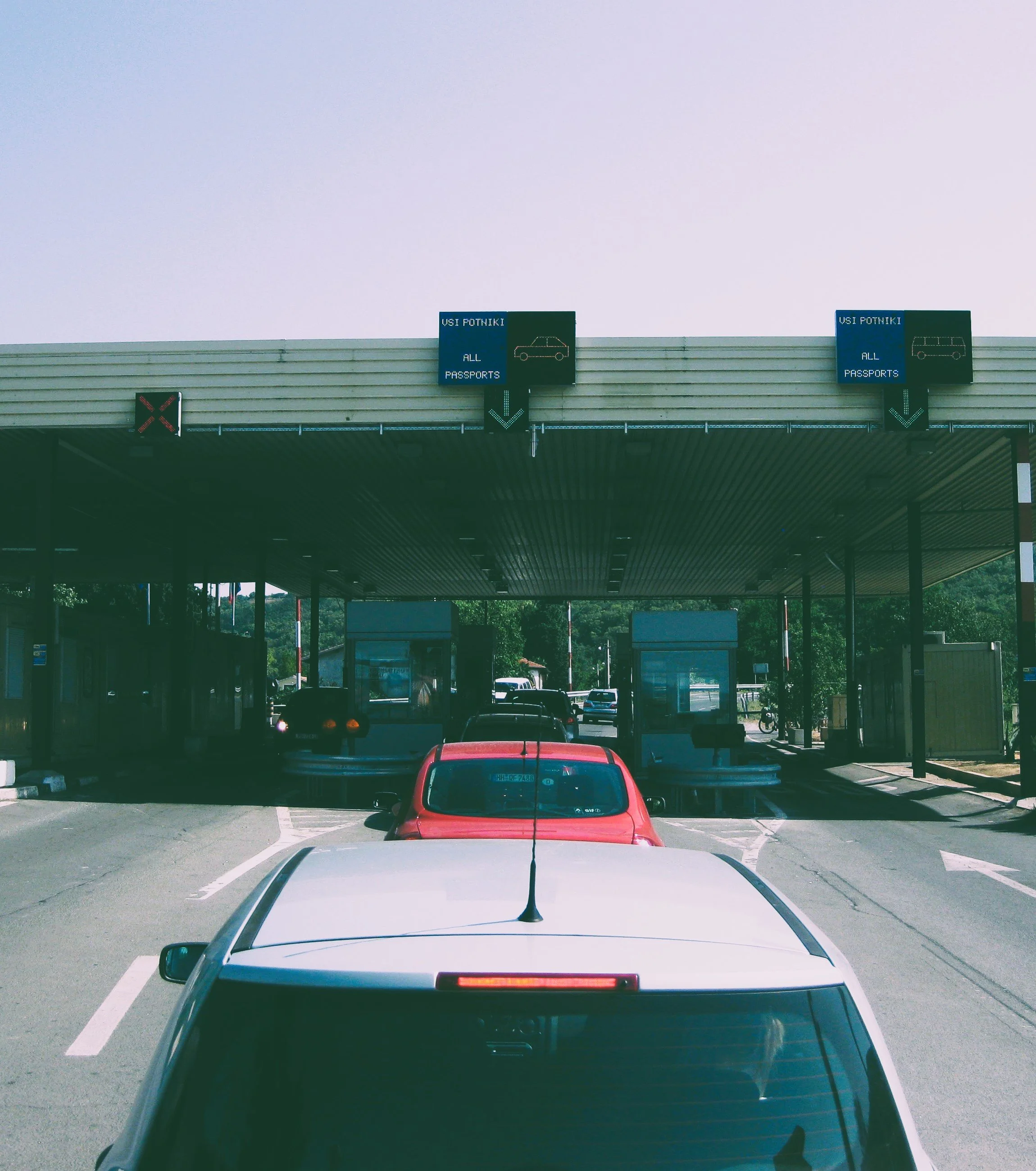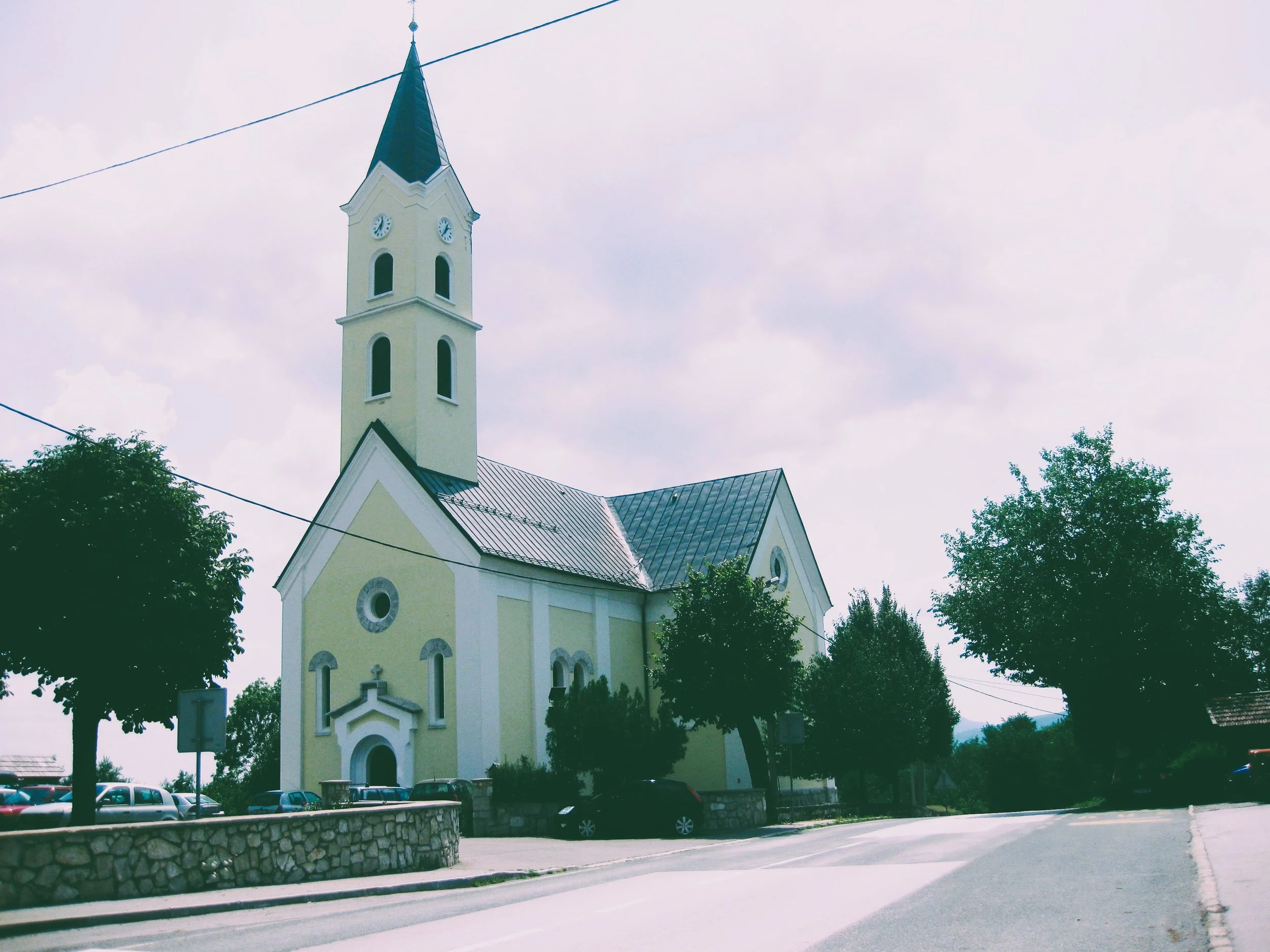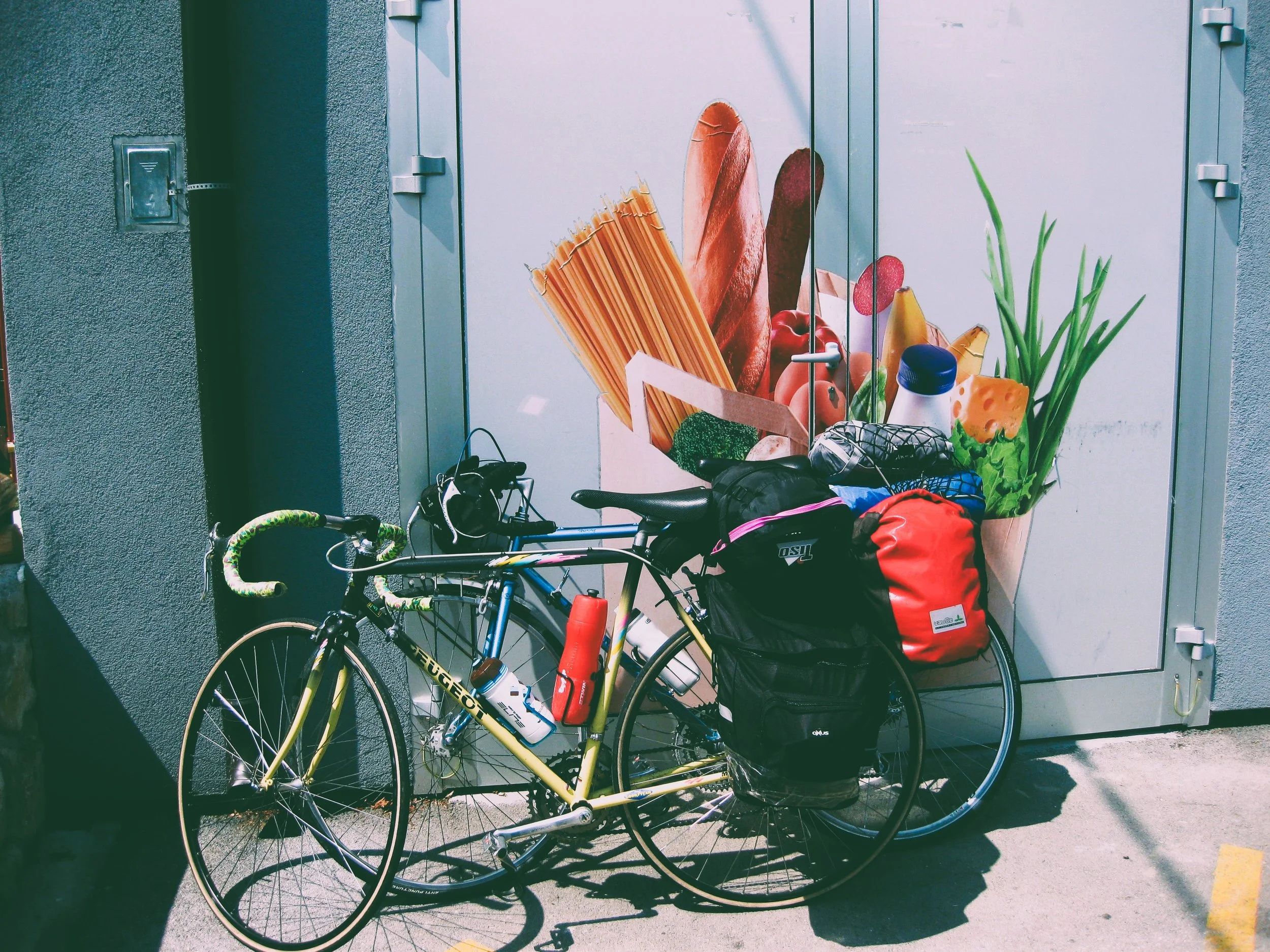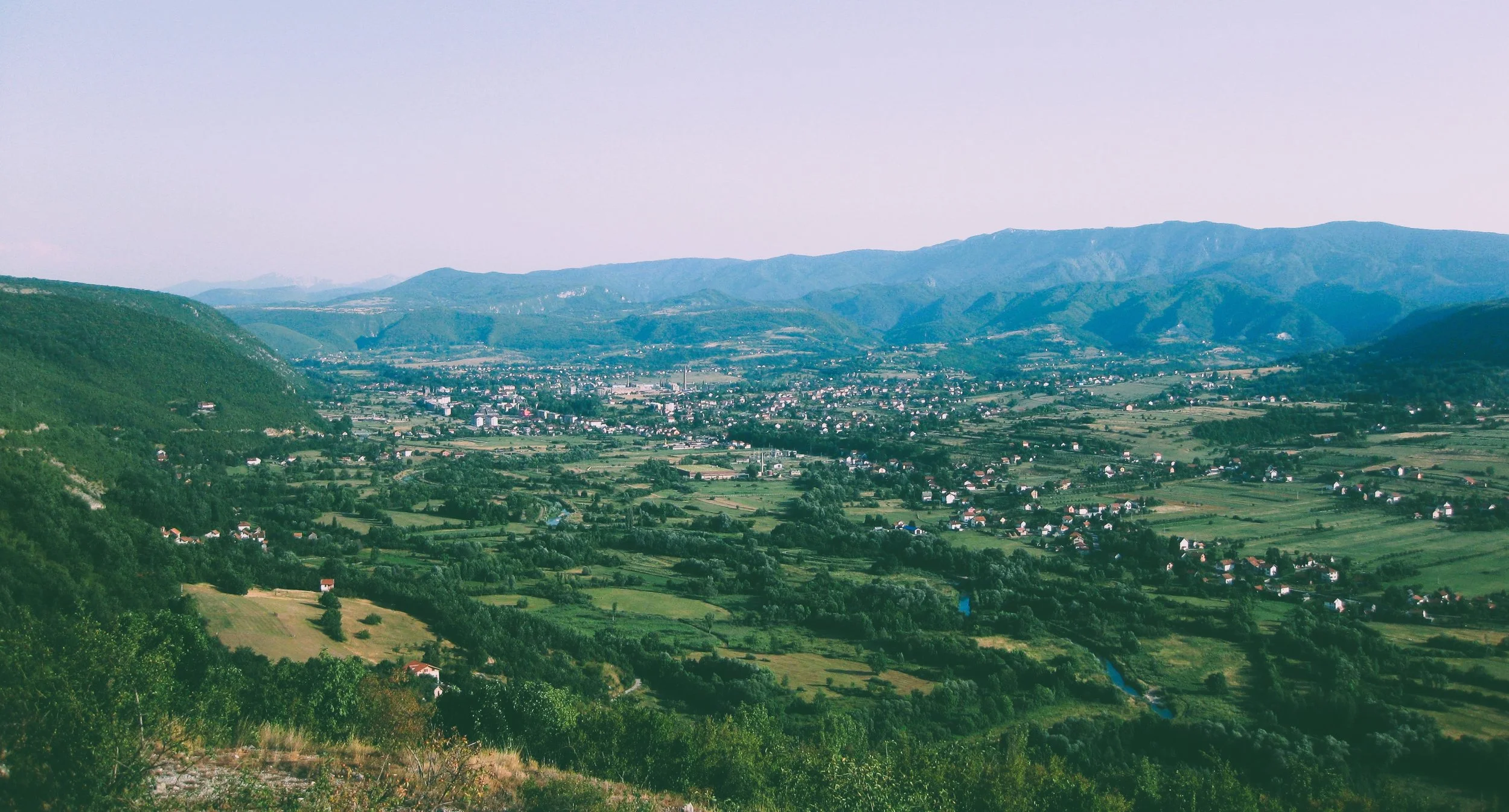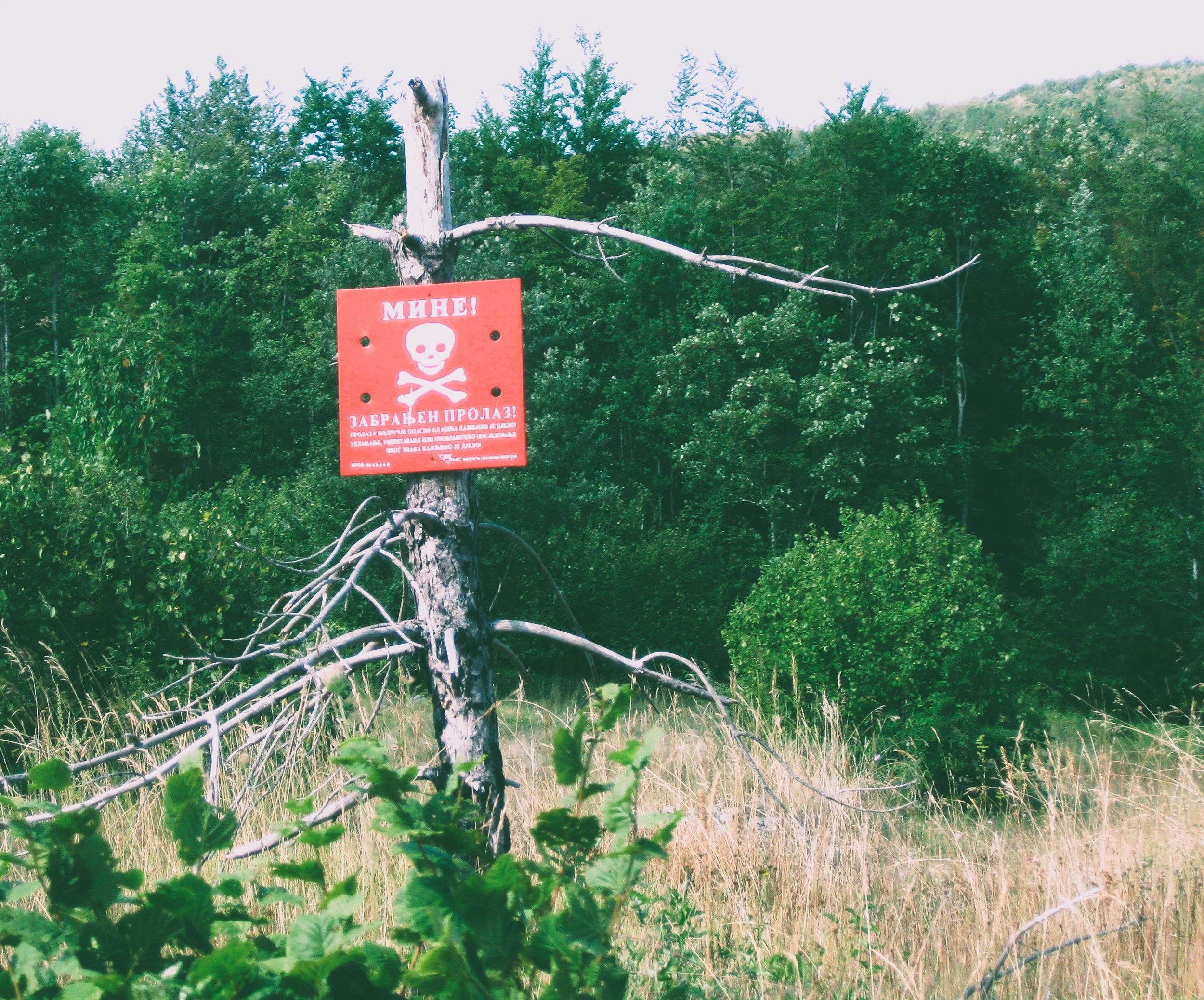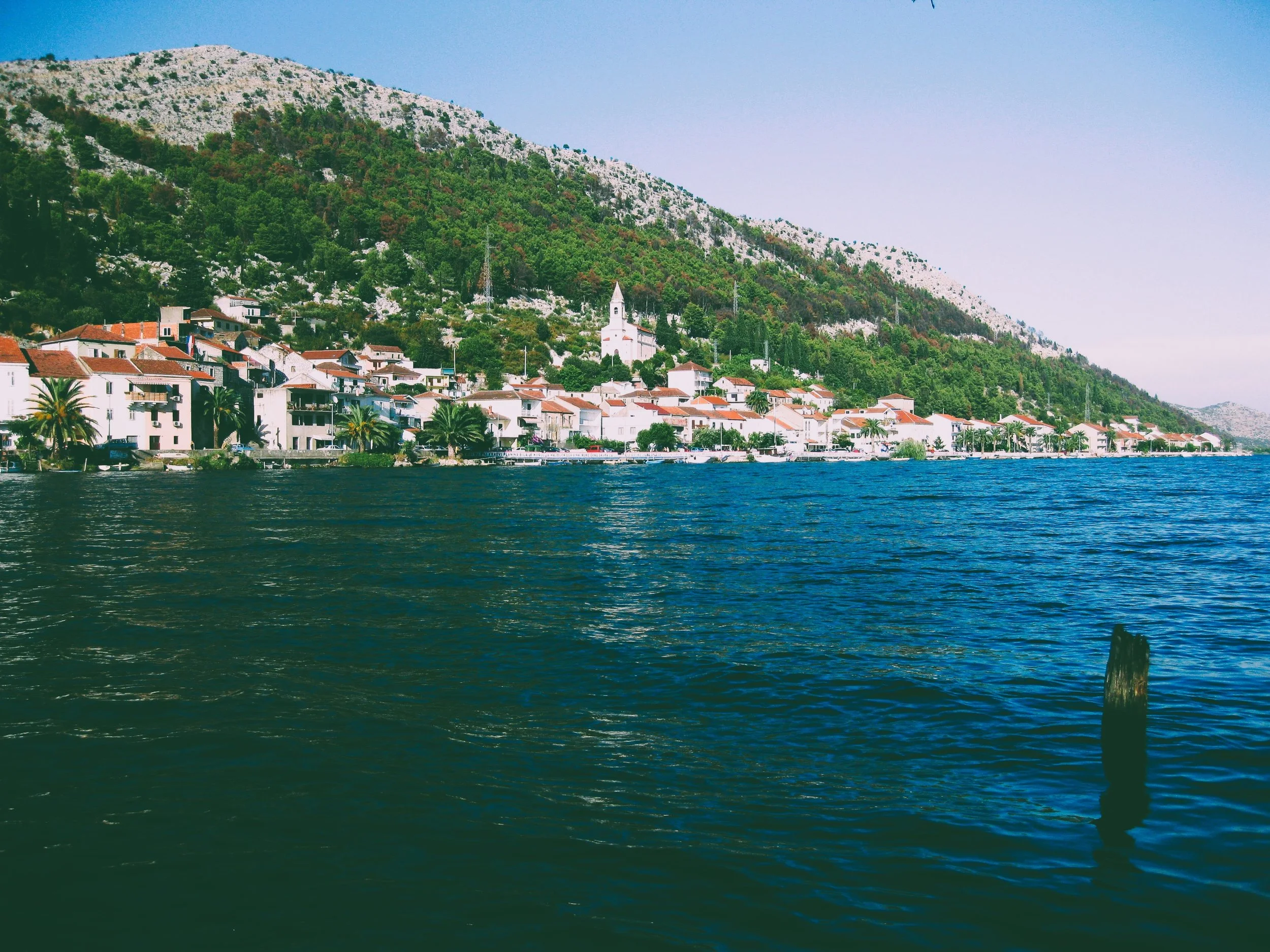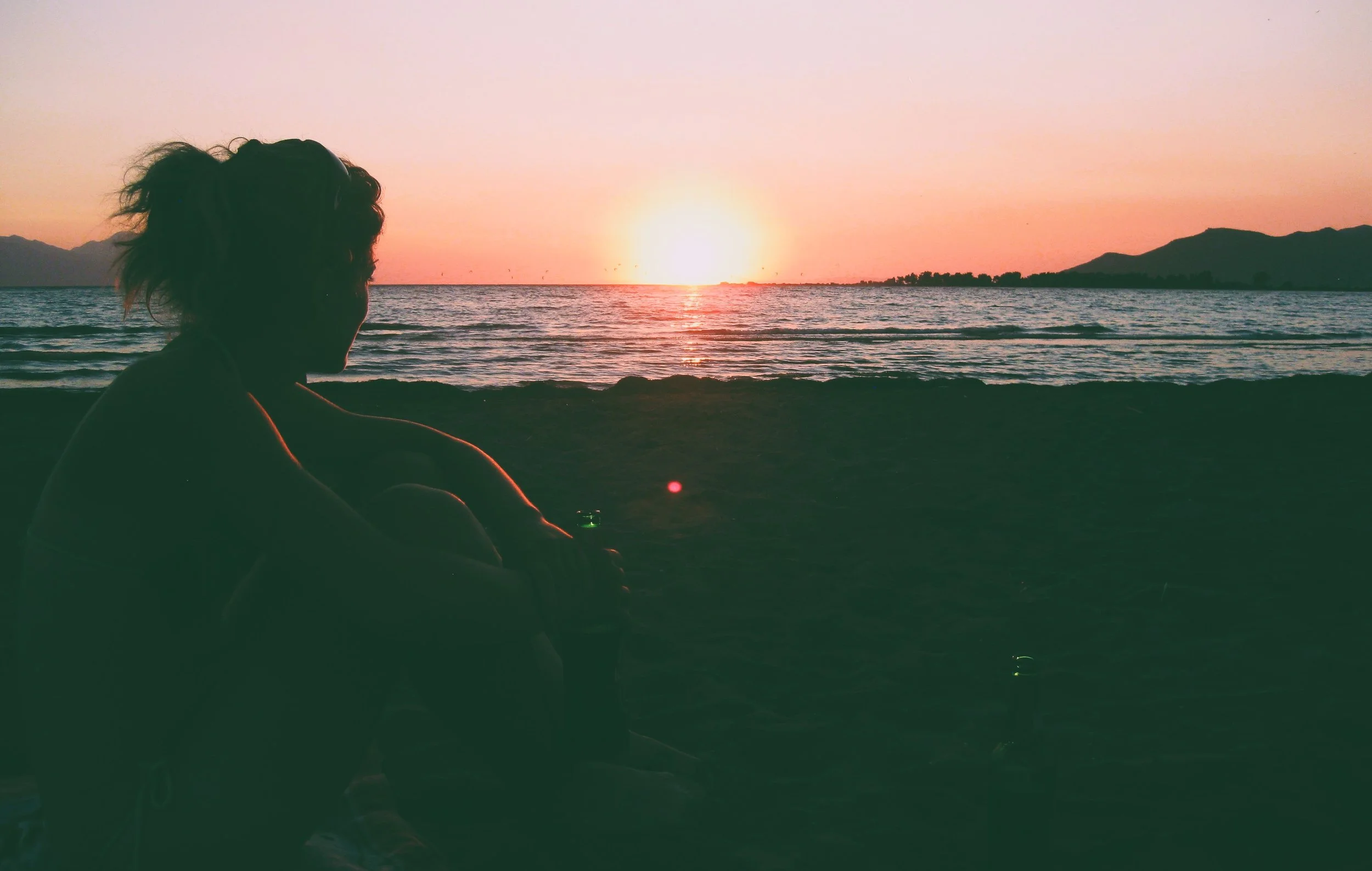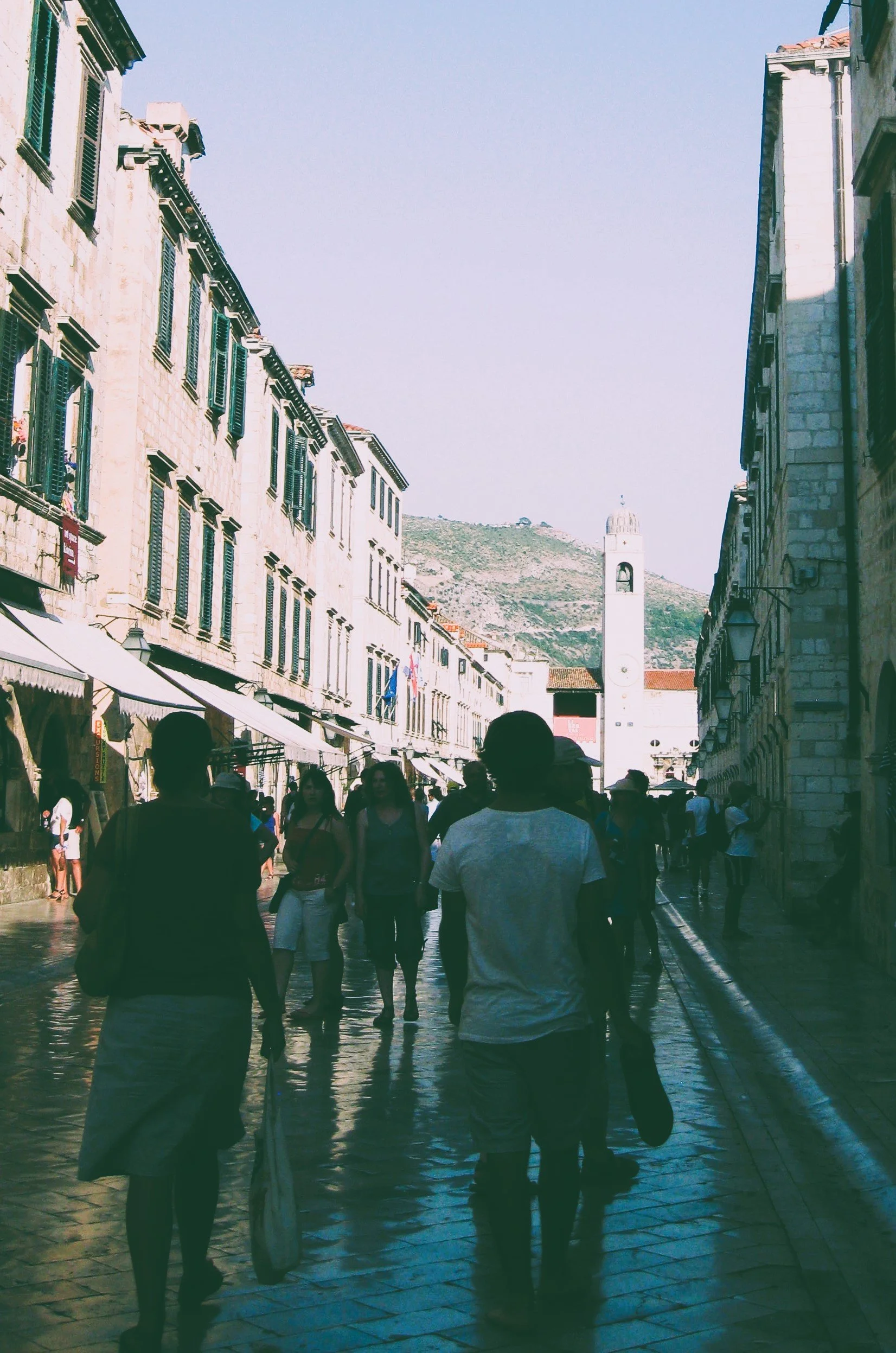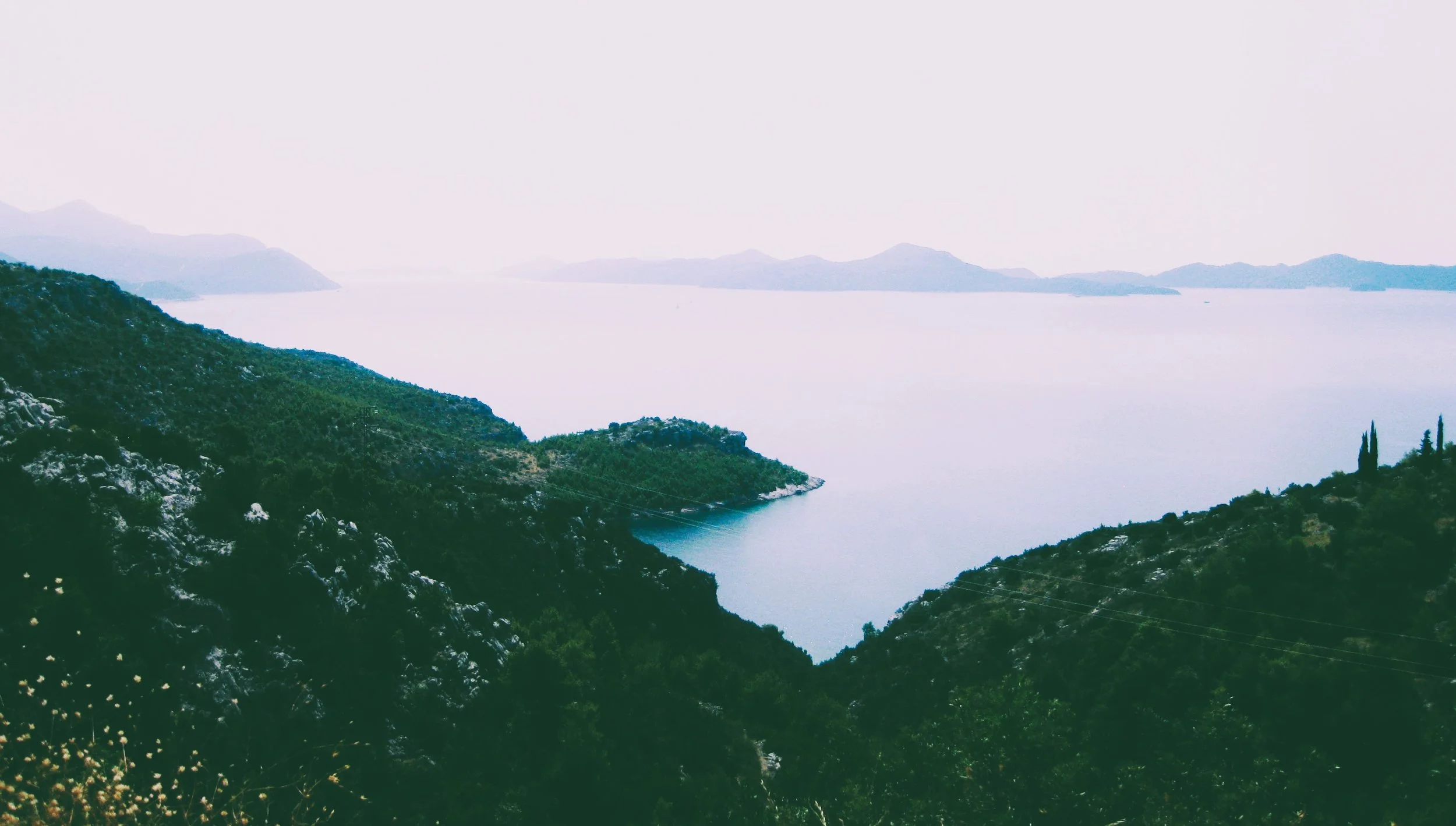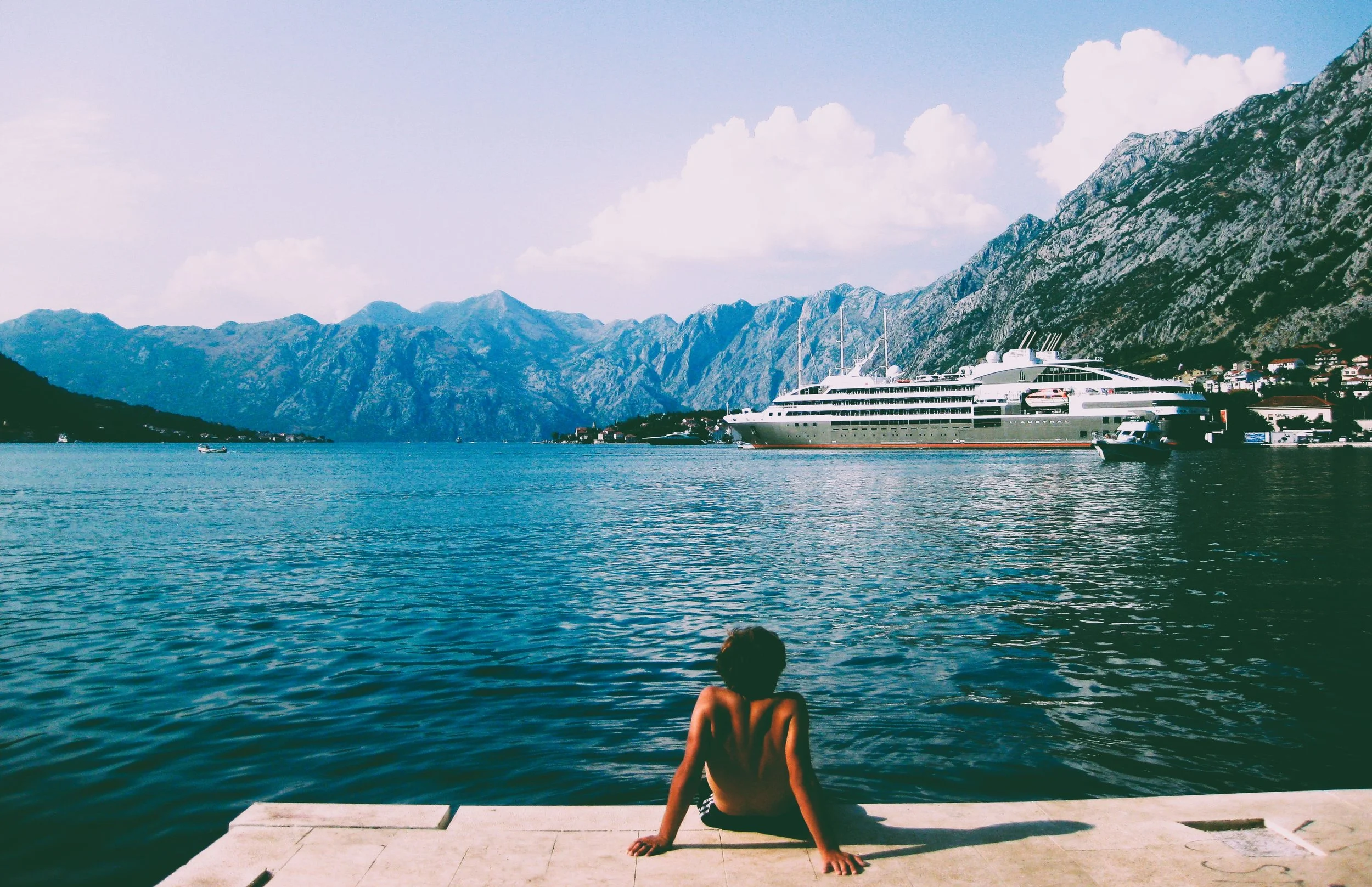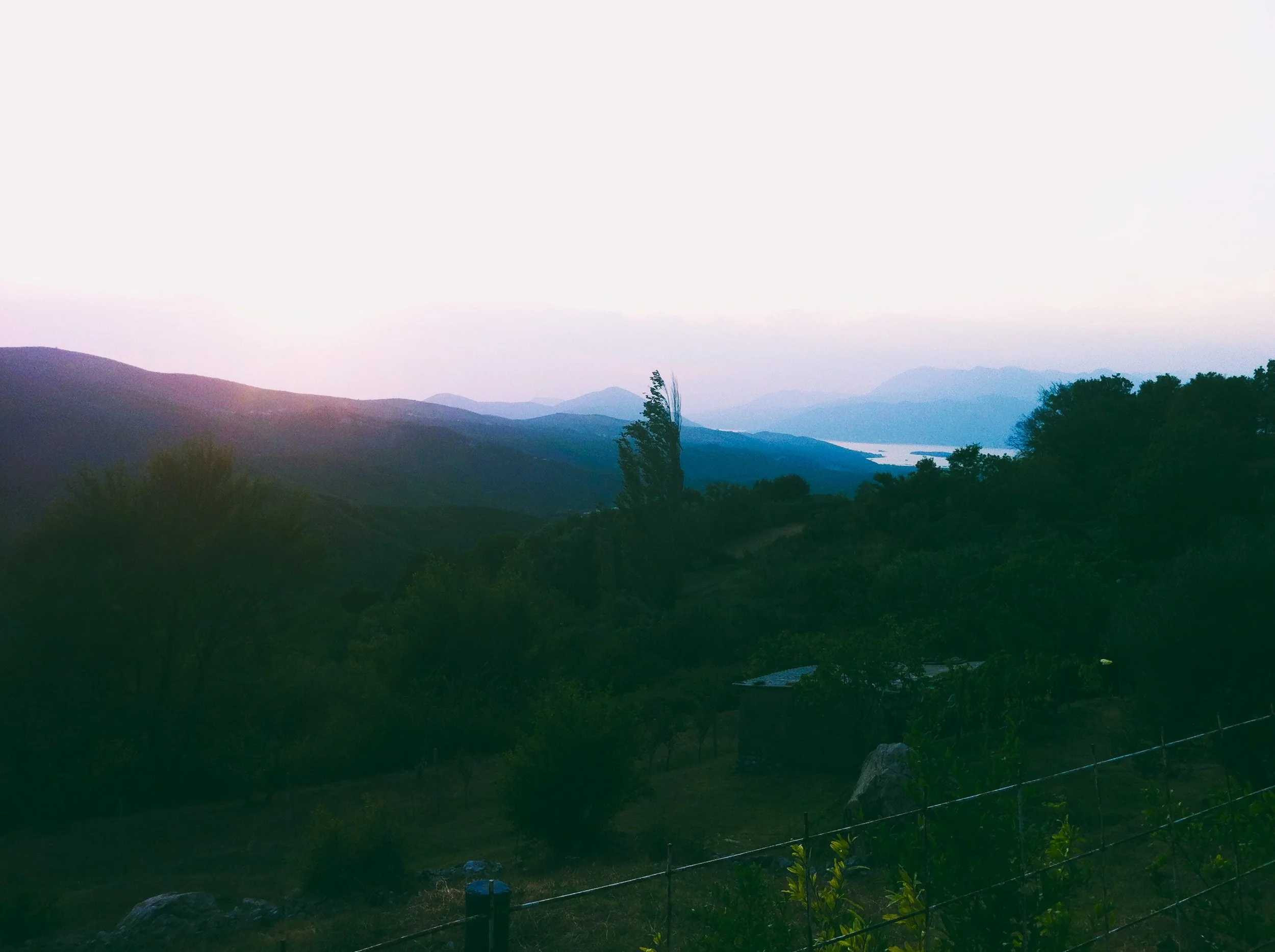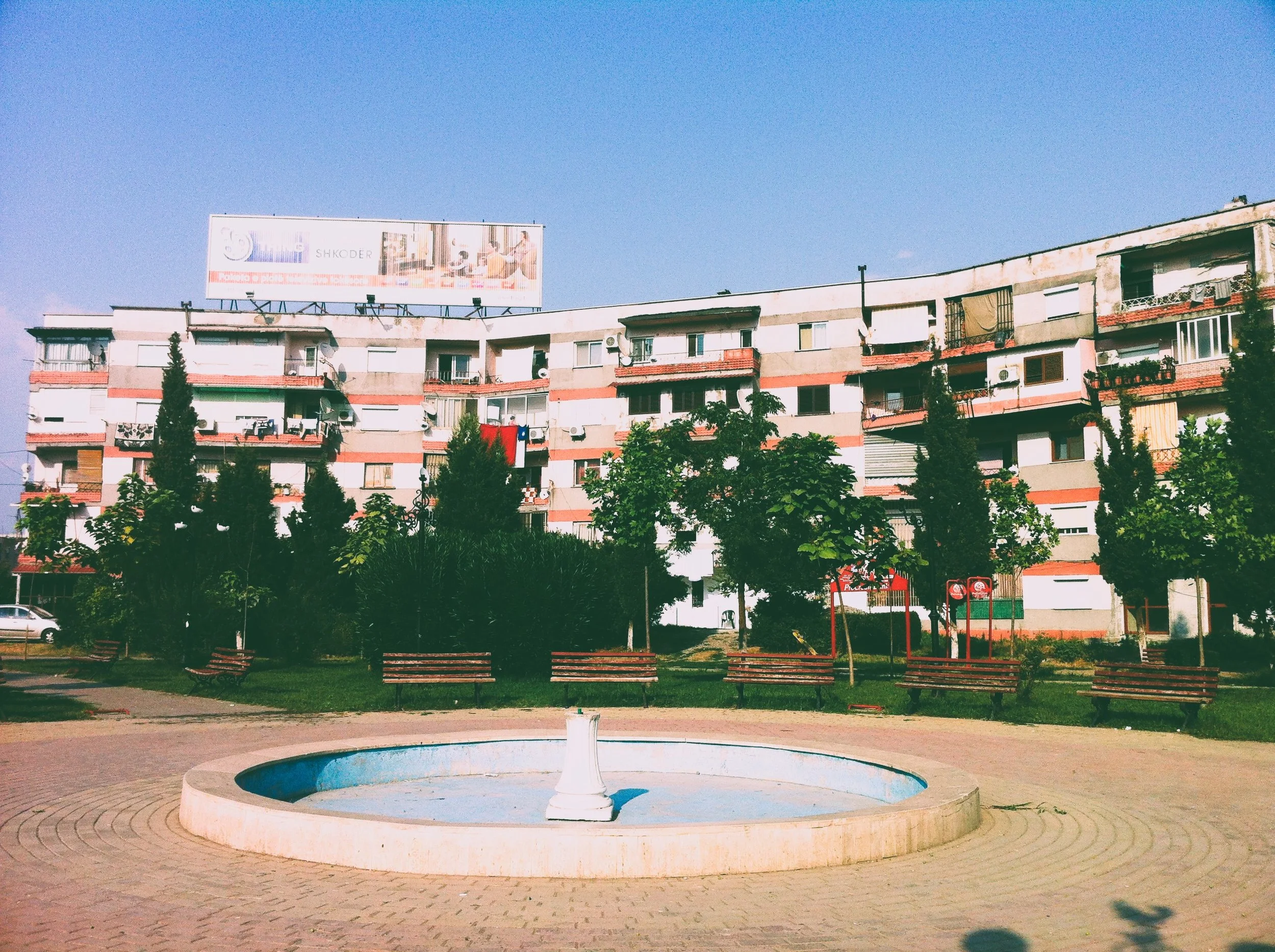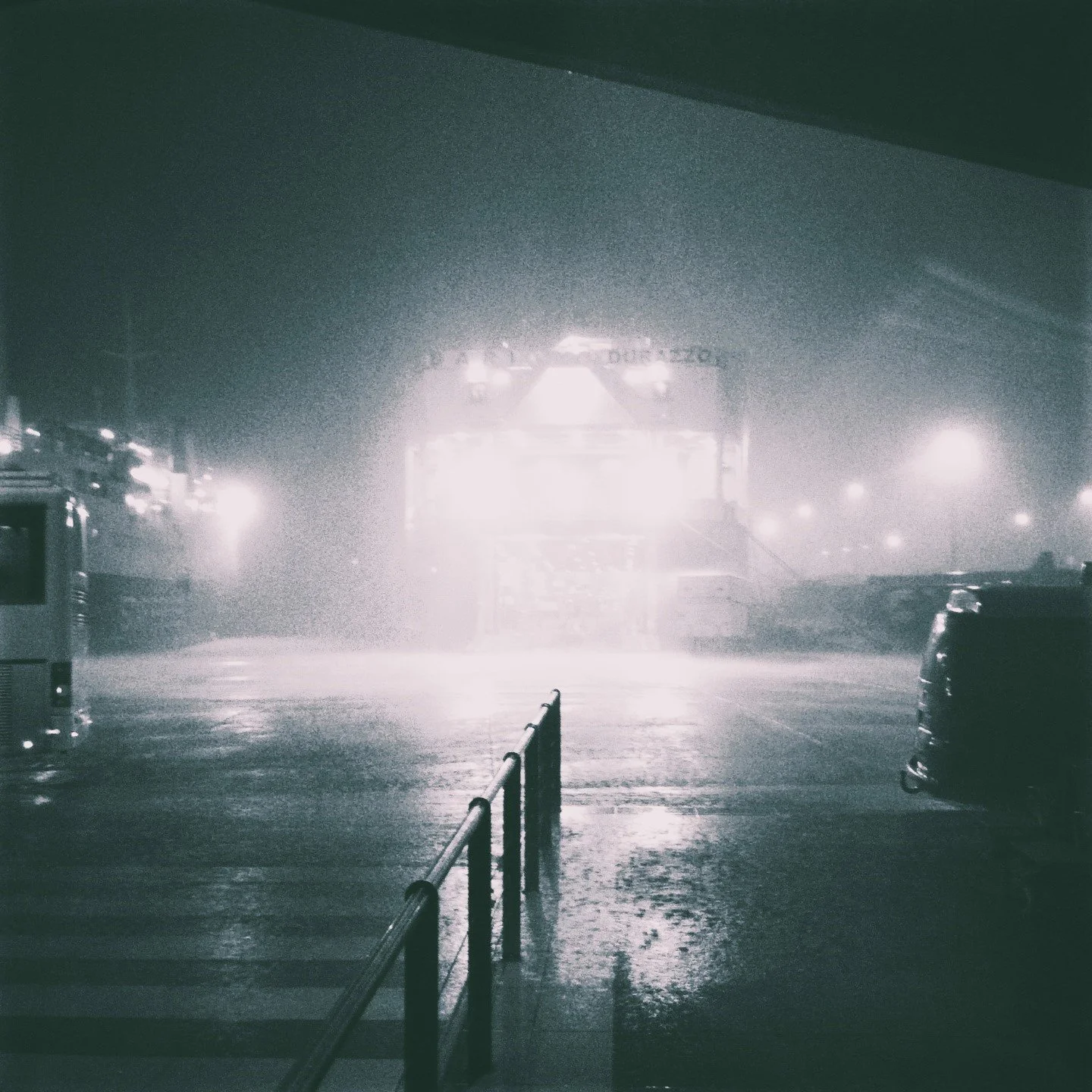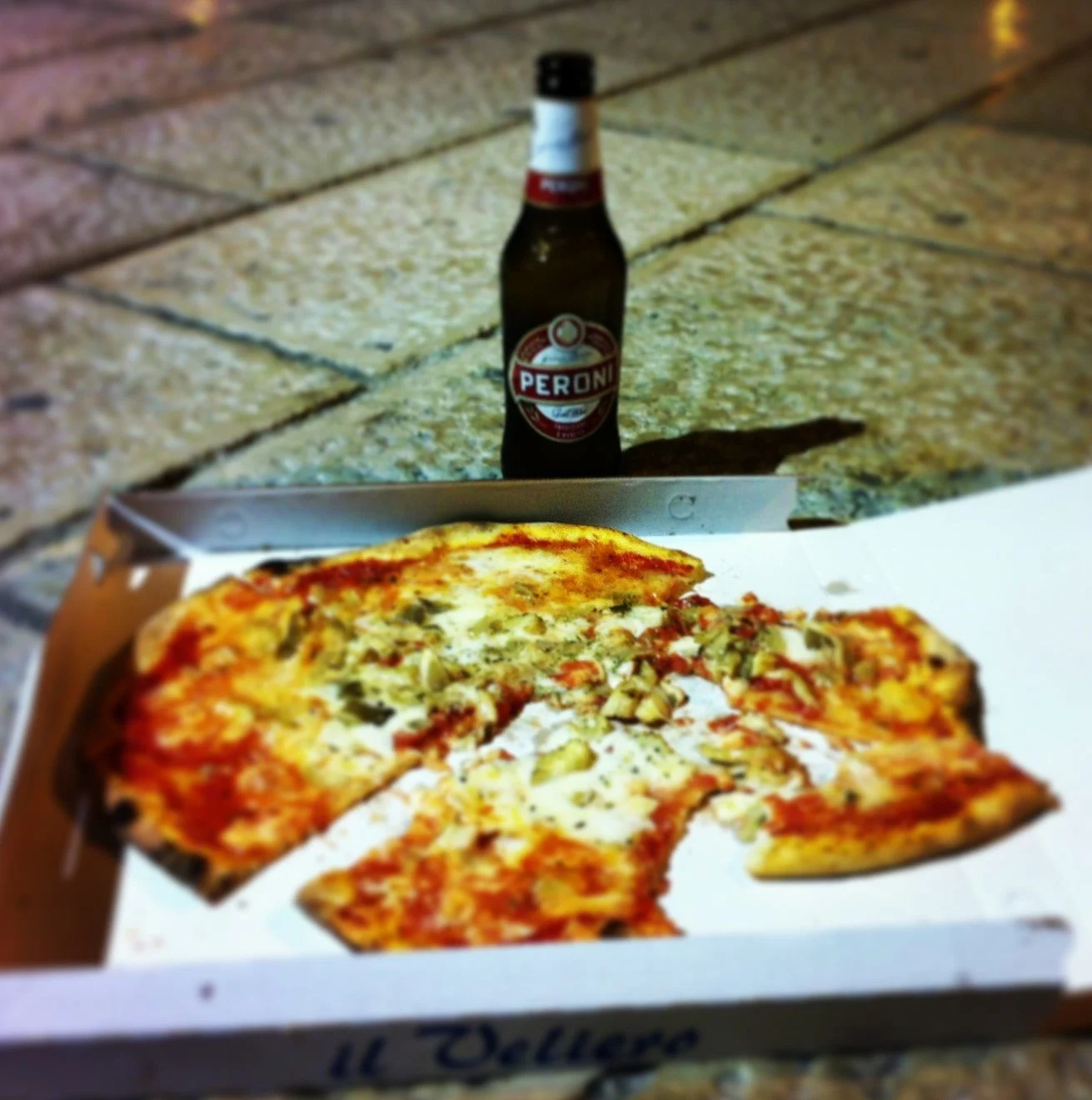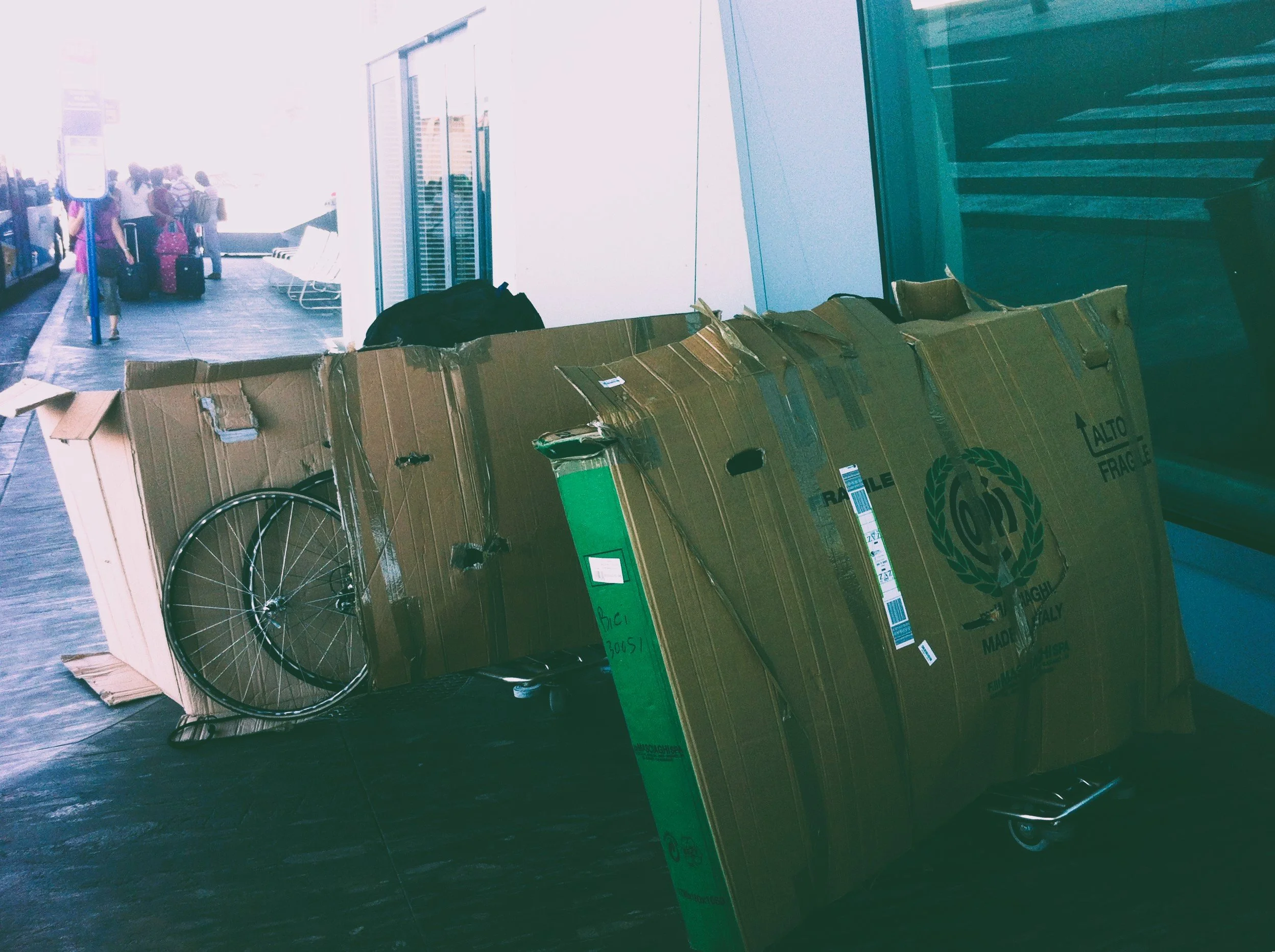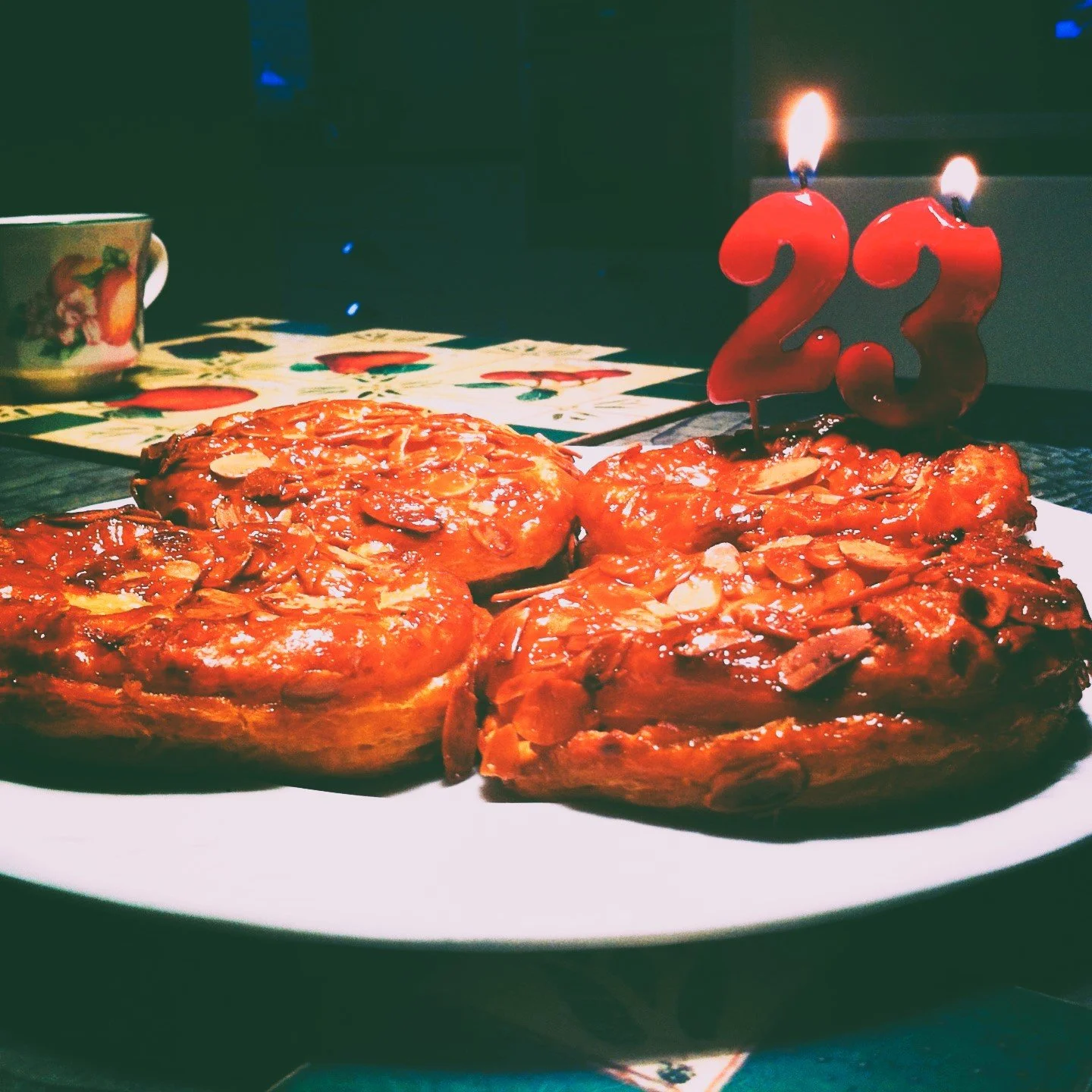I'm writing about this trip more than ten years later. While many of the details have faded over time, the chronology remains as vivid as if it happened yesterday—and the finer points don't really matter, because all my lasting memories of this journey are positive.
For context, by then my partner (let's call her L) and I had been together for about six months, and her time in France was coming to an end. She was heading home to finish her studies, and we had one month to "mess around" before that happened. I sensed we would stay together despite the distance, but at 22, the practical challenges of a long-distance relationship with no definite end in sight loomed large. So I embarked on this trip determined to savor every moment. With the university term over and both of us wrapping up our internships in Grenoble's university labs, I was buzzing after my first year in France, and my French was really beginning to improve. Money was tight—aside from the small sum I had managed to save from my 600€ stipend over three months of internship—so we decided to do a bike trip through the Balkans. Our only planning consisted of reserving a train from Chambéry to Turin and booking a flight from Milan to Zaragoza a month later. In between, we planned to decide as we went, with the idea of cycling through Slovenia, Croatia, and Albania.
With our limited budget, I ended up buying a 30€ Motobecane bike—probably from the 80s—on Leboncoin, while my partner splurged a little more, paying about 45€ for a beautiful yellow Peugeot from the same era. We hit up Decathlon to find the cheapest tent and cooking equipment available. We already had inexpensive sleeping bags, so to save even more, we skipped on camping mats. All in all, our total spending was probably around 80€ each.
We initially tried to set off from Grenoble, only to be thwarted by a replacement bus service between Grenoble and Chambéry that wouldn’t accept our bike. Forced to cycle to Chambéry, we consequently missed our TGV to Turin—though that might not have mattered much, as I was unaware that the TGV wouldn’t have accepted our unreserved bicycles anyway. Eventually, we made it to Modane on that first evening, where we set up camp hidden away behind an old, secluded fort.
Views of Modane from near the first camp
The next morning we caught a regional train into Italy and spent the entire day traversing the country by train. By the time we reached Udine, it was midnight, and we had to wait until 4 a.m. the next day to get to Gorizia, right on the Slovenian border. At that ungodly hour, while crossing the border on our bikes, we waited for the train to Jesenice that would take us up the Soča Valley. By then, L could barely keep her eyes open, dozing on a bench at the station. I decided to grab a coffee from the kiosk and chat with the locals. The young woman behind the counter, speaking in broken English, asked what I was up to. I clearly remember her asking where we were headed, and when I answered “Jesenice,” she looked at me almost in disgust and retorted, “Jesenice? Very ugly city.”
Nova Goricia train station in the early hours of the morning
We caught the first train at around 7 a.m., and by then I’d already downed three Italian espressos, leaving me wide awake. Poor L, not used to this roughing-it lifestyle, slept through the entire journey along the Soča Valley—we still plan to return someday. When we arrived in Jesernice, I found the town quite charming—not so much for its architecture as for its mountainous setting, which provided the perfect backdrop for the start of our cycling adventure. We set off from Jesernice train station at about 10 a.m. With no clear destination in mind except a vague direction toward Bohinj—a famous lake I’d visited five years earlier—we didn’t ride very far. I can’t remember exactly where we camped that first night, but I have a feeling it was somewhere in a forest near Ukanc. Our evening routine was delightfully simple: find a place for a refreshing swim, cook a basic meal (usually potatoes and vegetable soup on a portable stove), and enjoy a beer. I had no mobile phone and no need for electricity.
We passed by the ever-popular Bled and headed south through the tranquil, picturesque Slovenian mountains near Triglav National Park, eventually reaching the small stretch of Slovenia’s coast at Koper.
After a leisurely swim at lunch, we decided to climb a bit in search of a quieter campsite for the night. By evening, we had identified a few promising spots and headed to the only bar in the small town of Šmarje. We struck up conversations with some of the patrons—who spoke Spanish—and ended up sharing several drinks and a pizza. When it was time to choose a campsite, the spots we had scouted earlier would have been hard to reach in the dark, so we asked our new friends for a suggestion. After some lively debate, they proposed we set up camp on the bar’s terrace. Initially, we were hesitant, but I was easily persuaded, and we began unpacking our things.
At then, the waitress—who had been serving the bar all night, had just finished cleaning up and didn’t speak any Spanish—signaled for us to stop and follow her. We quickly reassembled our bikes and trailed her car as it sped downhill—an experience that felt even more outrageous after a bottle of local wine. We had no idea where we were headed, but after about ten minutes of descending, we arrived at what appeared to be her home. She showed us to a bedroom and left towels for us to use in the shower. We slept like logs and awoke at 7 a.m. to a silent house. After gathering our belongings, we searched for any sign of her but found nothing. Instead, we discovered a magnificent breakfast spread of coffee and assorted treats left on the kitchen table. We waited an hour, hoping she might return so we could thank her, but by 9 a.m. we decided it was time to be on our way. I never got the chance to express my gratitude, but her gesture of pure kindness has stayed with me ever since. I hope to return one day, either to meet her again or at least to enjoy another pizza at that charming local establishment.
Lake Bled looking up to Blejski Grad
Camping in between vines
I remember clearly that my original plan—looking back now, somewhat naively—was to follow the Croatian coast all the way to Albania, with a possible detour to visit an undiscovered Dalmatian island. We completed all the border formalities at Plovanija and entered Istria, where we headed due west toward the Adriatic coast.
Immediately, the coast had a different feel: wider roads, more heavy vehicles, and numerous large caravans. We trudged on, rather miserably, to Umag, where we stopped for the night. The area was extremely busy, and there was no obvious spot to pitch a tent, so we ended up at the only campsite we used throughout the entire holiday—a place I remember being outrageously expensive at the time. After picking up some evening supplies, we devised a new route, deciding it was best to head inland and avoid the hordes of tourists flocking to the beach. My dreams of camping on a hidden beach had to remain just that—a dream for now. I had never been to Croatia before, and I vividly recall being taken aback by the prevalence of 3‑liter plastic beer bottles, even though I had no way of keeping them cold.
Our new route took us across Istria. It was hot and surprisingly beautiful—more so than I had expected. I haven’t been to Tuscany, but Istria evoked a similar charm. It was also the first time I encountered and tasted a fresh truffle. A simple dish of spaghetti with fresh truffle, paired with a local white wine, was absolutely perfect. It felt a bit extravagant, yet it was inexpensive.
Entering Croatia
Church somewhere in Istra, Croatia
The bikes still holding up
Our bikes held up well as we left Croatia behind and ventured spontaneously into Bosnia. The border region was a stark contrast to the coast—run down and still bearing the scars of the conflict in the 90s. It’s disheartening to think about what happened here, especially since this region is as authentically European as any other.
We entered Bosnia after spending a day at Plitvice—a place I’d known about before. Although it was very busy, the water was a brilliant blue. We passed through Ličko Petrovo Selo before heading into Bihać. I had no particular expectations, but I quickly fell in love with the town. It was young, vibrant, and real—a student town with rough edges, where some buildings still bore the marks of past violence. People were swimming in the river and music drifted from the terraces; I would have loved to stay longer.
Yet, the life of a bike tourist is always on the move. With little time to explore further into Bosnia, we headed due south. The countryside was rural and beautiful—mostly flat with the occasional climb. We were advised against camping due to the presence of unidentified landmines, so we mostly stayed in guesthouses, all costing under ten euros a night.
Valleys of Bosnia
Landmines meant camping was not advised
The journey through Bosnia was bookended by a night in Mostar. L got stung by a bee while riding down into town on her bike, leaving her chest red and swollen. We stayed in a guesthouse in the town center with a friendly man named Mike, who was curious about our journey. After sharing a beer and chatting for about an hour, we set off to explore. The town buzzed with energy. I had only seen the famous image of the old bridge's destruction during the conflict, so I braced myself for chaos. Instead, Mostar was vibrant and beautifully restored, teeming with both tourists and locals. That day was the hottest of our trip—I clearly recall a pharmacy or temperature sign reading 50°C, though it was likely in the mid-40s.
The next leg of our adventure took us back to the sea. We knew the coast would be busy, but the extreme daytime heat made the nearby water a welcome relief. We spent a few days in Slano, a small and picturesque town on the Dalmatian coast, enjoying swimming and leisurely explorations. We had rented a modest apartment for 40 euros a night—though I dread to think what it might cost these days. Not wanting to miss Dubrovnik, we took a bus into the city. It was more crowded than I could have imagined. While Dubrovnik is undeniably beautiful, the overt mass tourism—with streets littered with tacky souvenirs and a harbor dominated by a massive cruise ship—left me feeling a bit disenchanted.
Slano bay
Dubrovnik downtown barefoot
New Dubrovnik
Dalmatian sea
Montenegro was next—and in hindsight, it’s the part of the trip I wish I’d explored more thoroughly. We mostly stuck to the coast, missing out on the country’s rugged mountains, which I believe would have offered an entirely different kind of adventure. I’d love to return someday and explore on foot. The atmosphere was distinctly different; everywhere you looked, the influence of Serbian and Russian was evident, and the vibe felt a bit more edgy than Croatia. Drivers were more aggressive, and road rules seemed more like suggestions than mandates. Yet I appreciated this shift—it felt as if we’d stepped outside the familiar European sphere.
The Bay of Kotor was breathtaking, and the small town of Budva was a blast. We spent late evenings in a local bar, sharing beers and somehow communicating in our own unique languages, even though neither side spoke the other’s tongue. Our routine quickly fell into a comfortable rhythm: we’d have dinner, sleep, and then wake to the sunrise. Without watches—and without mobile phones (I didn’t have one, and L’s phone was reserved for quick calls home due to her non-negotiable Spanish family commitments)—we gauged time by the heat of the day. Looking back, it’s almost comical that a simple paper map showing the main roads and a general direction south was all we needed. I often say I’d love to go back to that spontaneous, unannounced way of traveling, even though it’s likely far more challenging now that we have every modern tool at our fingertips.
Kotor bay
Montenegro sunset
After a brief stop in Podgorica, we set off for Albania the final stretch of our cycling journey. This leg of the trip was both the best and the worst. The worst, because the roads we chose were far from ideal: large, chaotic semi-highways with cars unpredictably veering onto the wrong side and the ever-present sight (and smell) of roadkill. Pressed for time, we took the most direct route, though in hindsight, exploring the mountains along the Kosovo border near Theth would have been far more rewarding. That’s the trade-off with an unplanned trip I hadn’t even realized that option existed
But it was also the best part of the journey, culturally speaking. Albania had an energy unlike anywhere else we had been, a mix of vibrancy and just enough disorder to make it fascinating without becoming overwhelming. It was incredibly affordable, and we lived (relatively speaking) like royalty. Each city had its own character: Shkodër, with its stark communist-era concrete architecture, felt like a relic of the past, yet its streets were lively, full of people and movement. Tirana, in contrast, had the buzz of a capital on the rise; young, fast-growing, and dynamic. On our last night before heading to Durrës, we hopped from bar to bar, chatting with locals of all ages, gaining an insight into a country often misrepresented in Western Europe. Yes, the omnipresent Mercedes and scattered bunkers were reminders of Albania’s unique recent history, but it felt like a place on the cusp of transformation, one that could easily integrate into the wider European community before long.
The final ride to Durrës came with the only mechanical issue of the entire trip. L’s shifter cable snapped after a fall, forcing her to ride the last 50 km on a single speed. Fortunately, the terrain was flat, so it was manageable. We ended the journey in a resort town that wouldn’t have been my first choice for a holiday, then boarded the overnight ferry to Bari. Remarkably, after weeks of clear skies and not a single drop of rain, that night a torrential downpour hit, with three month’s worth of rain falling in just five minutes. As we waited for the ferry, it felt almost apocalyptic.
We spent two days in Bari before taking the train to Milan, where I was once again reminded of my dislike for traveling with bikes on high-speed trains. From there, the journey was over. I flew to Spain and on to Pamplona for the first time- a city I now know extremely well and will likely call home in the near future. I celebrated my 23rd birthday there.
Reflecting on this trip twelve years later has been a rewarding process. Some details may have faded or shifted in memory, but writing it down has been a fulfilling way to revisit that time. One can never truly go back, nor should they attempt to recreate an experience from another stage of life, but I do miss the simplicity of those days. Everything was straightforward-no stress, no over-planning, just the road ahead. Travel has changed, as has life in general, but the lessons from this journey remain. It shaped me in ways I couldn’t have predicted and opened my eyes to the unique joy of bicycle travel- moving slowly, without a checklist, letting the experience unfold. I hope the spark ignited on that trip continues to inspire me to explore by bike for years to come.
Lunch in a park in Shkodër
The storm in Durrës before the overnight ferry to Bari
Evening at the harbour in Bari
The bikes arrived almost in one piece to Zaragoza
Birthday pantxineta in Pamplona
